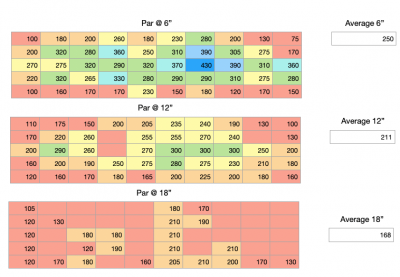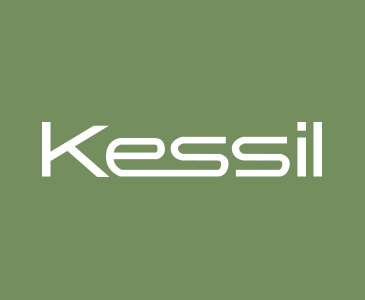- Joined
- May 28, 2020
- Messages
- 161
- Reaction score
- 140
Kessil,
Hi there, I just finished a set of measurements using the BRS rental Apogee MQ510 meter. Overall, nothing surprising (thankfully), but there's a noticeable difference in output from each of my 4 lights, measured directly beneath each one. I'm wondering how much light loss / decay is normal or expected over the life of an LED light?
(4) 360 WE Tuna Sun
2 of them are 5 years old, 1 is 3 years, 1 is 1 year. Its really easy to tell which is which. Measuring about 15% different PAR between newest and oldest. Is that normal?
thanks,

Hi there, I just finished a set of measurements using the BRS rental Apogee MQ510 meter. Overall, nothing surprising (thankfully), but there's a noticeable difference in output from each of my 4 lights, measured directly beneath each one. I'm wondering how much light loss / decay is normal or expected over the life of an LED light?
(4) 360 WE Tuna Sun
2 of them are 5 years old, 1 is 3 years, 1 is 1 year. Its really easy to tell which is which. Measuring about 15% different PAR between newest and oldest. Is that normal?
thanks,


















